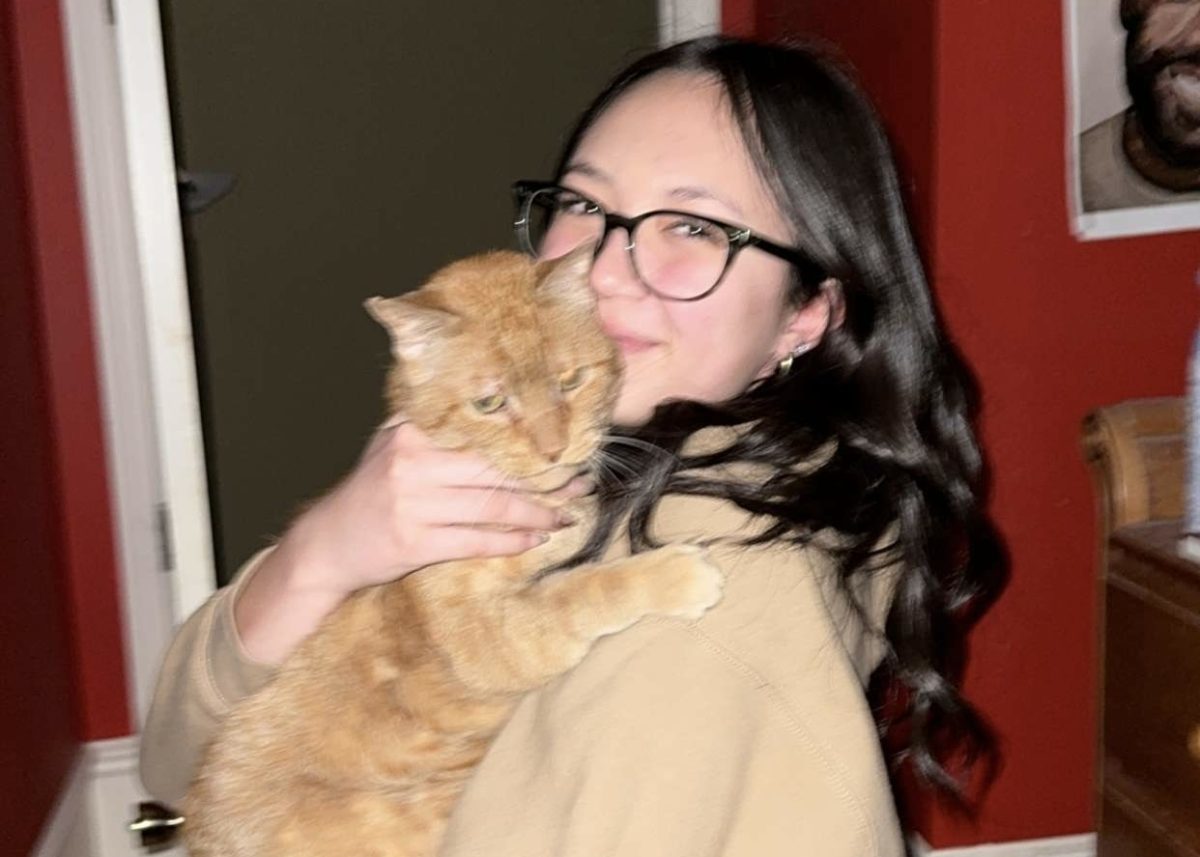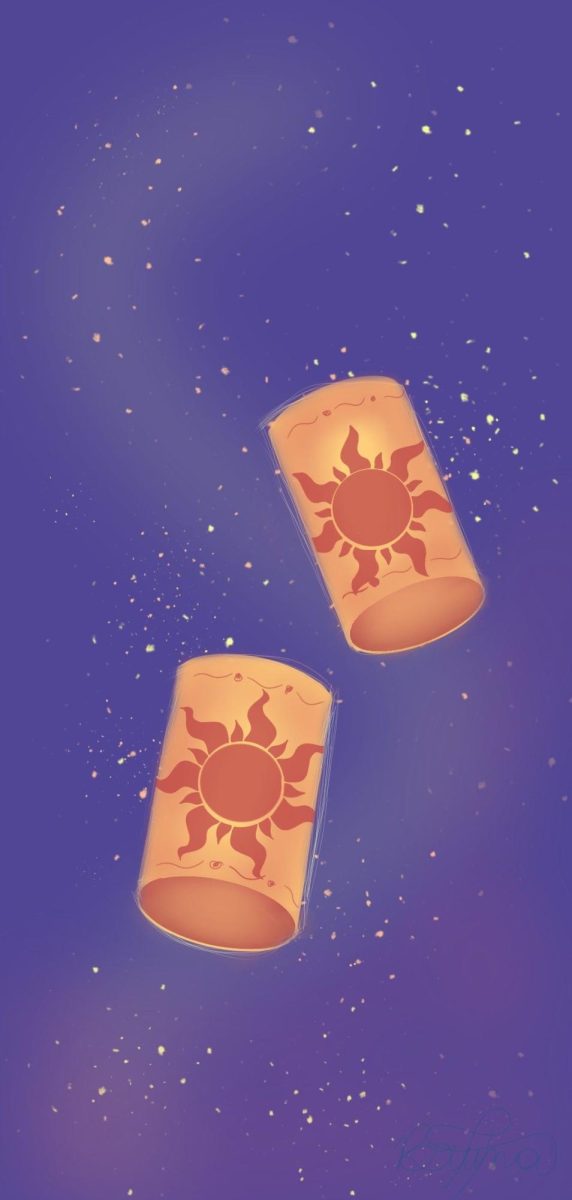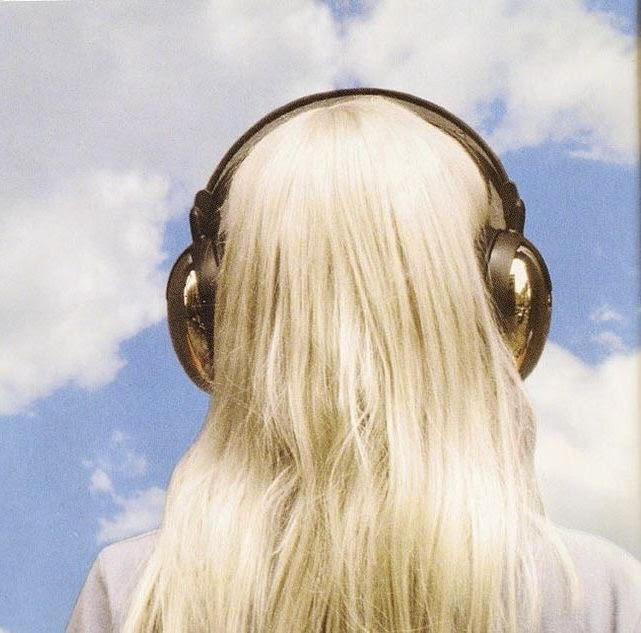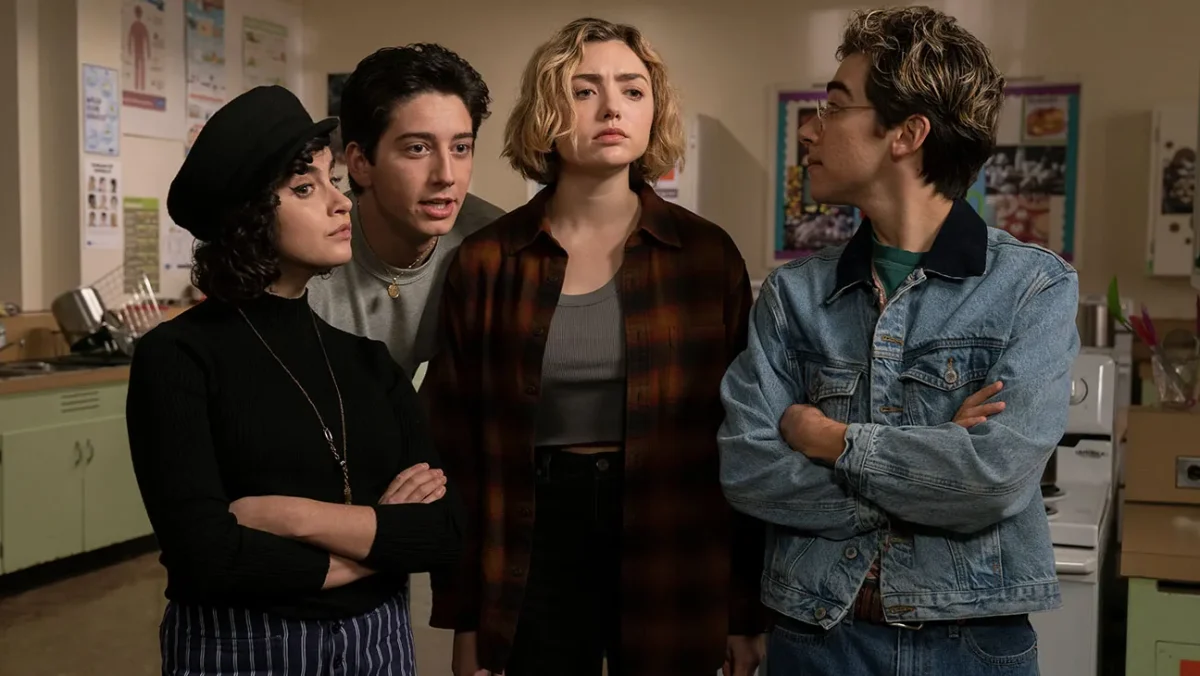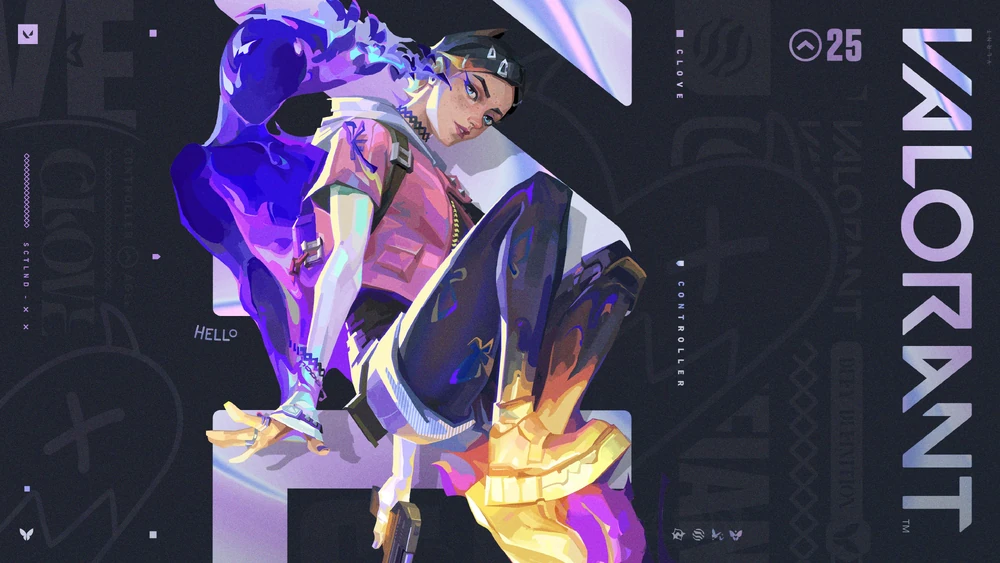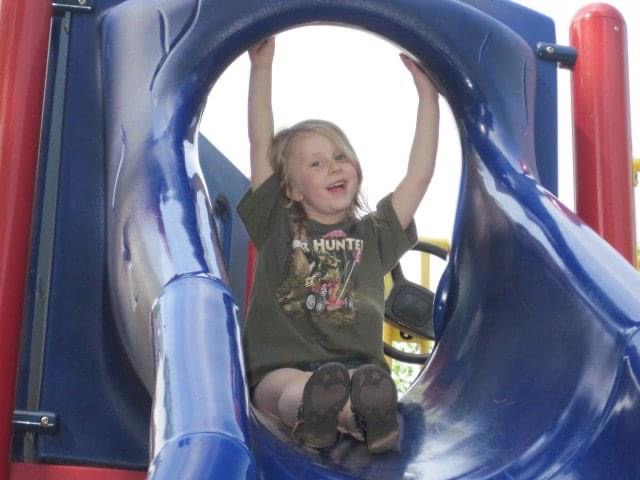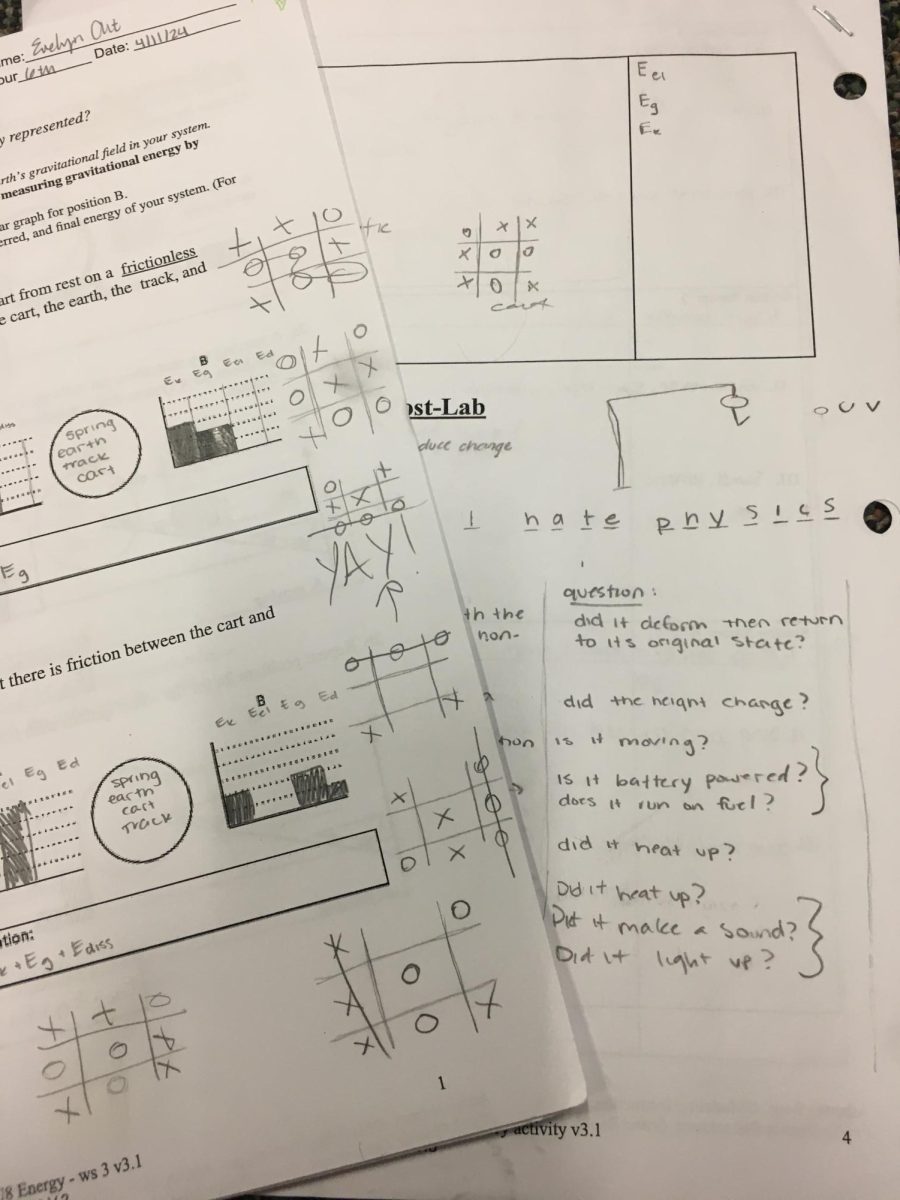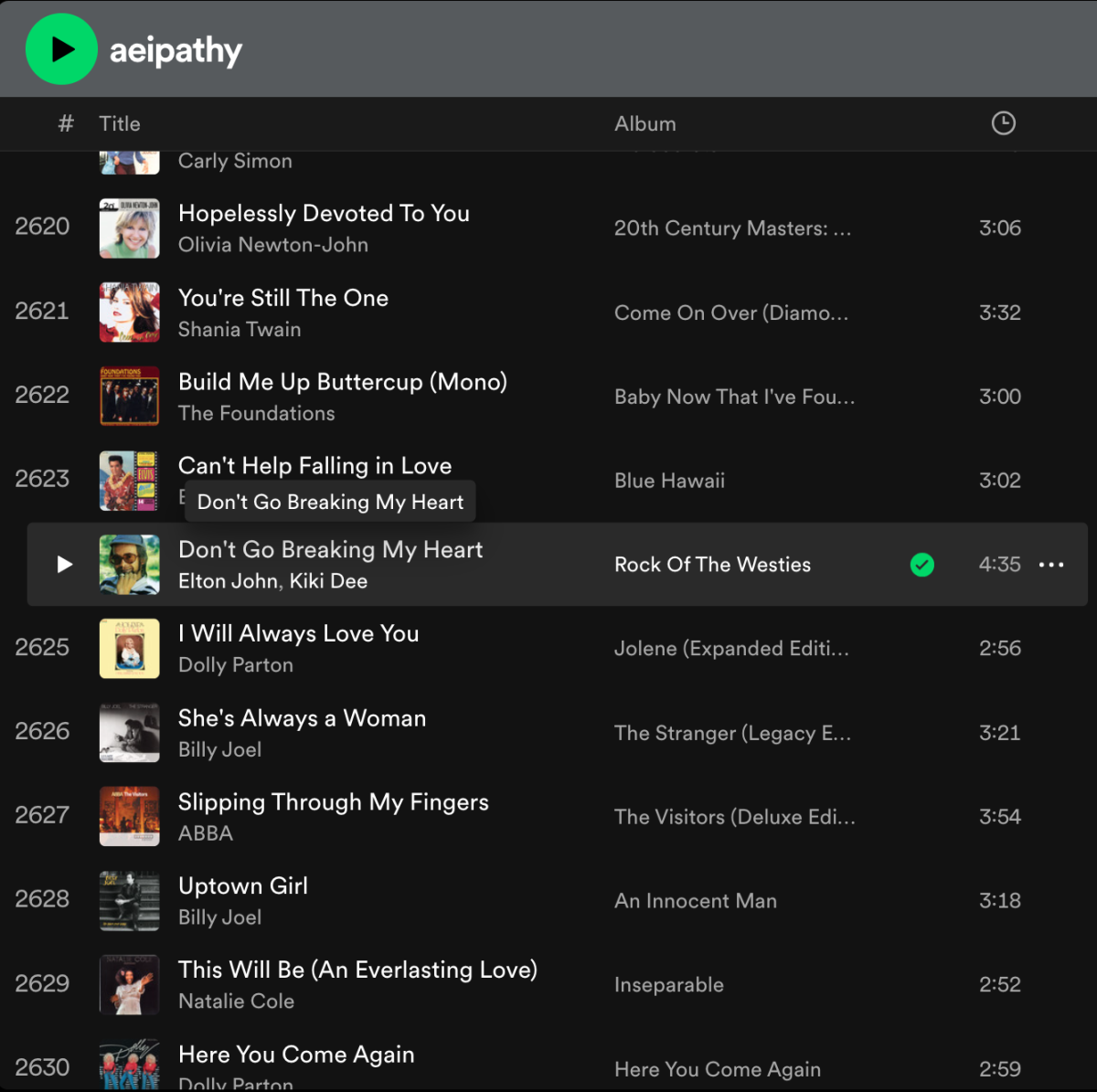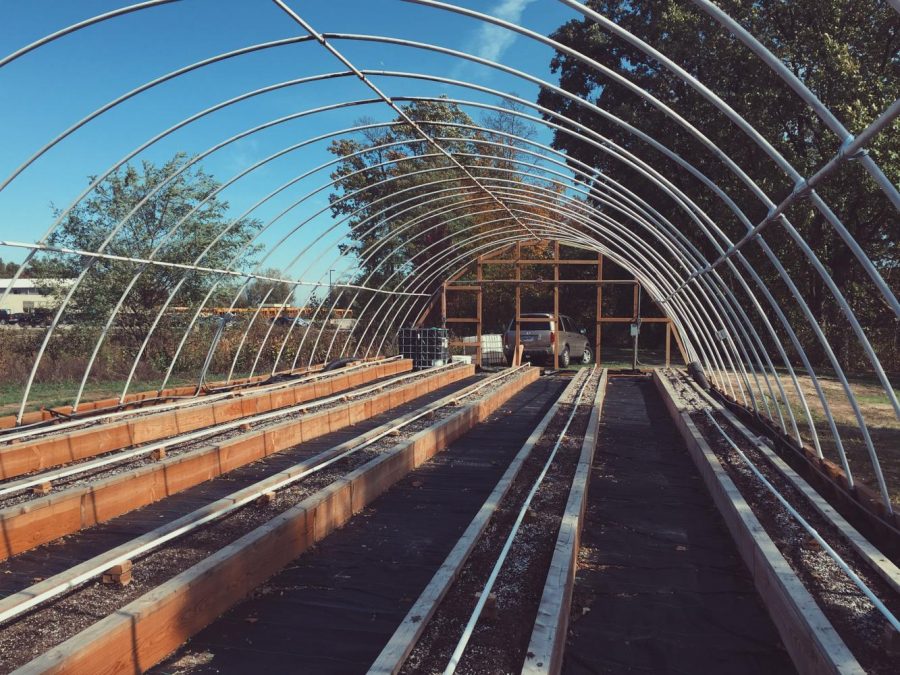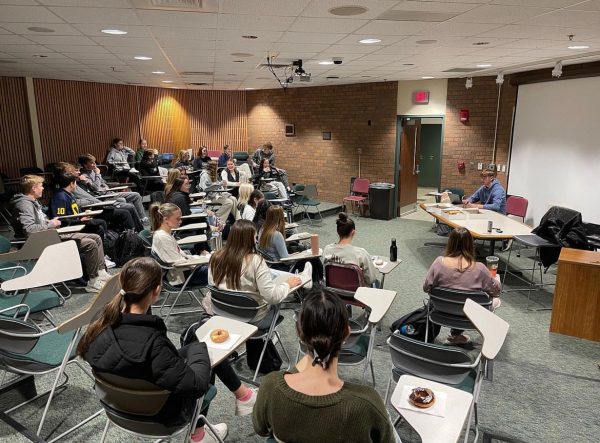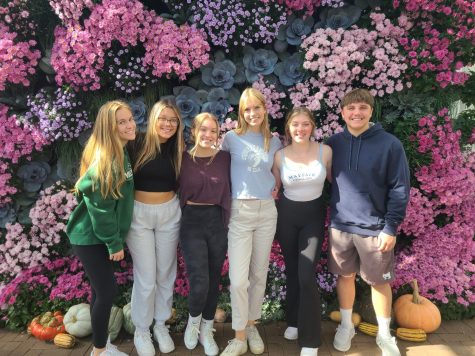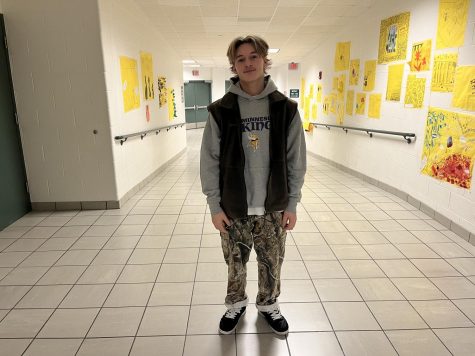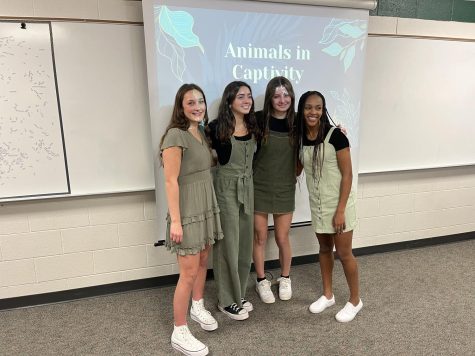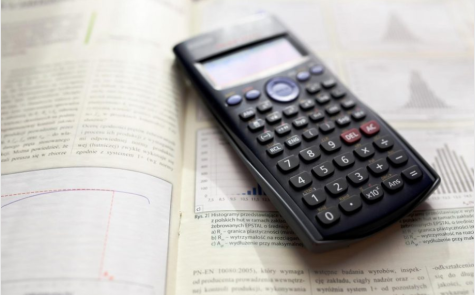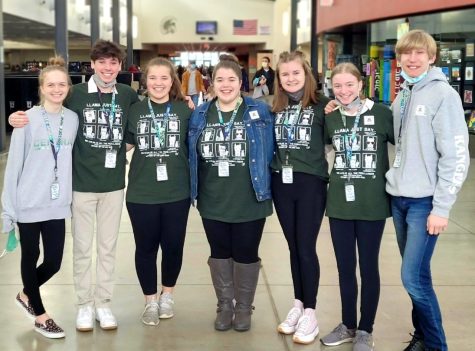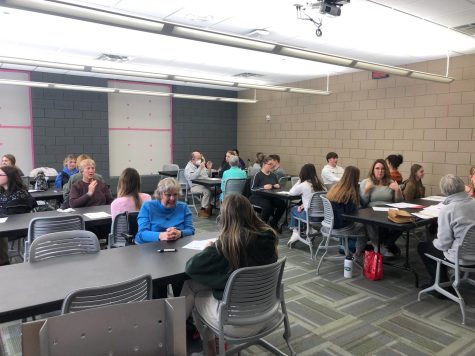Chad Scholten receives grants to better his teaching environment
Top-of-the-line education doesn’t come without a price, and large-scale projects can be difficult to accomplish without sufficient funding. Luckily for Human Anatomy and Physiology (HAP) and AP Environmental Science (APES) teacher Chad Scholten, he has been able to receive grants for both the now-under-construction greenhouse and the skeleton models for use in HAP.
The greenhouse grant gave Scholten $10,000 for use in construction– plastic will be added onto the frame of the greenhouse, fans will be put in, and pumps to regulate the flow of water will be put in thanks to this grant. The rest of the money will be used on tools and supplies such as hoses and wheelbarrows in order to continue construction.
“It’s always nice because we’re usually limited in spending,” Scholten said. “With the greenhouse, we do [have the money]. This lets us try these things and do stuff that would normally be limited by a budget.”
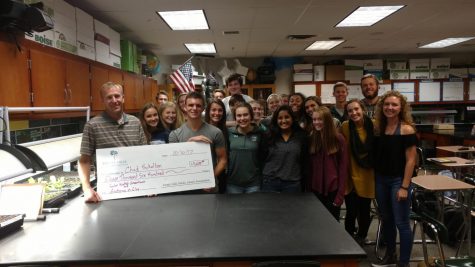
Scholten’s HAP classes received $1,600 to purchase clay models to be utilized in class. These models give students a hands-on experience that is reusable and easily modifiable with much more flexibility compared to dissections.
“Right now we’re doing the skeletal system, so the models are pretty blank,” Scholten said. “Once we start the muscle system, we’ll start to build muscles, then the digestive system, then the circulatory system. You’re doing the opposite of dissection; you’re actually constructing as you go along.”
While HAP students will still participate in dissections, these models let students who may be turned off by dissections experience a similar project without the squelch, slime, or smell.
“The models are renewable, so we can keep using these every year, and each model can be slightly different,” Scholten said. “For example, tearing a muscle or pulling a ligament can be shown on the model. If damage is done, you can see how it affects the model. Since it’s clay, you can actually make cuts in the model to show what you need to.”
This grant allows for further advancement of learning in both of Scholten’s classes, and he looks forward to seeing how the money will be able to be put to use.
“It’s really great how we’ve been able to get funding so easily. Not having to worry about money all that much is great,” Scholten said. “These grants are going to make a huge difference in what I’m doing.”
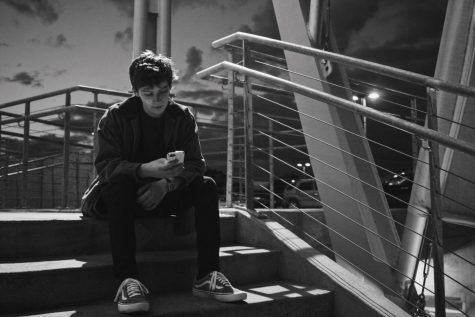
Sam is in his junior year, and his third year on staff. He has had a passion for writing from a young age, and he made the decision to join TCT after...













